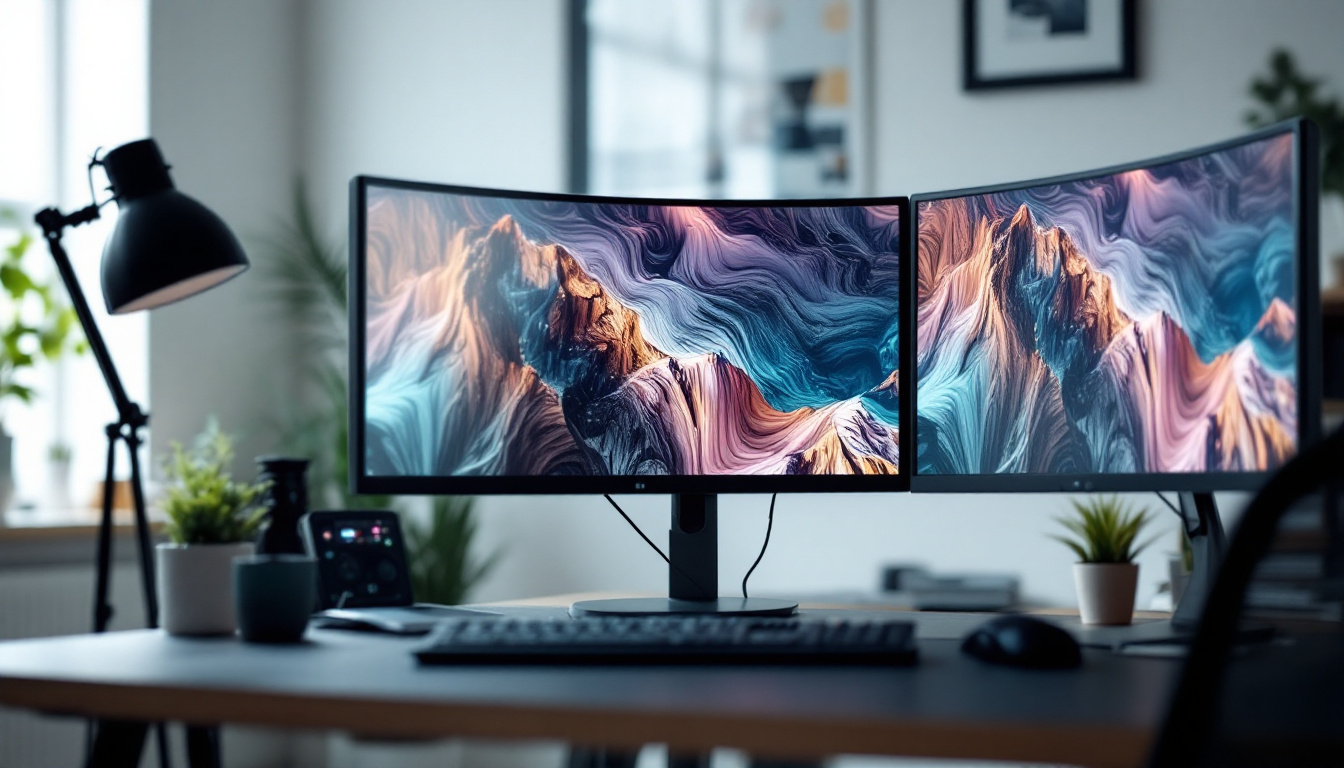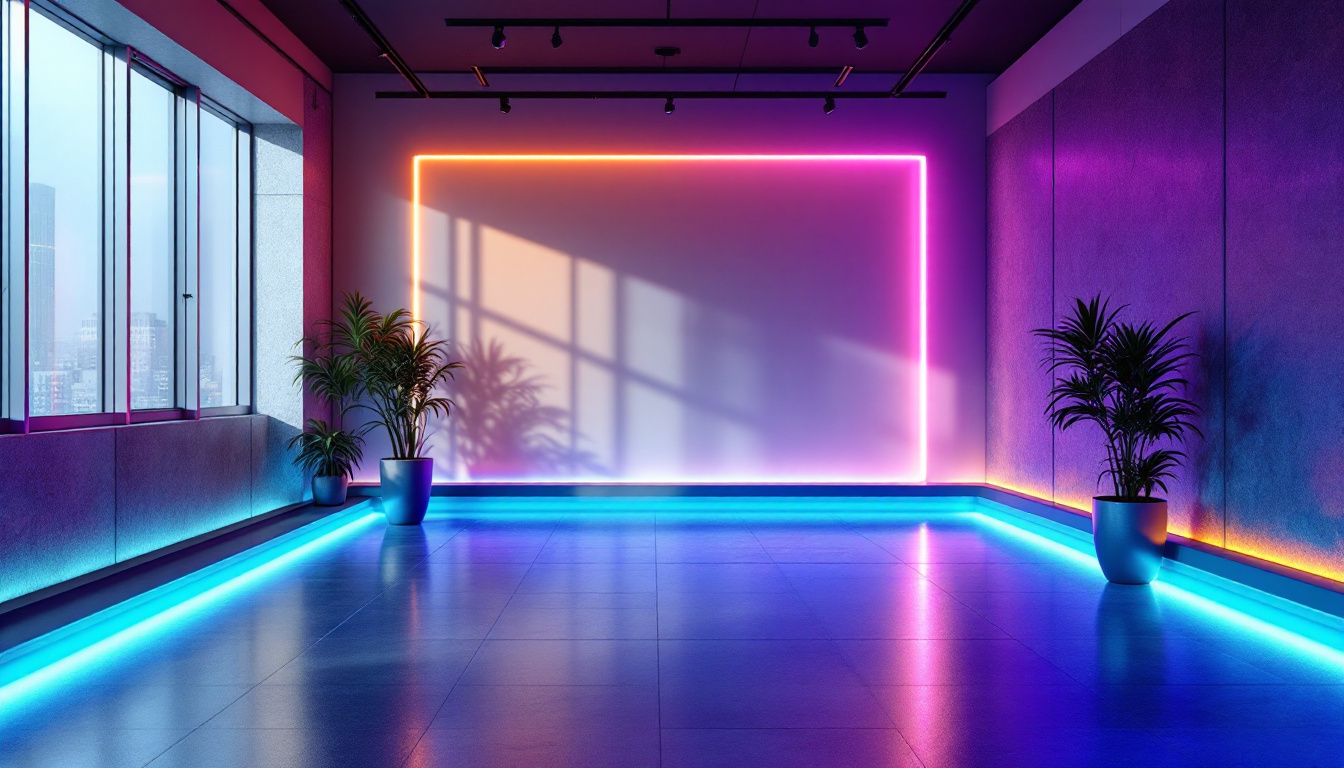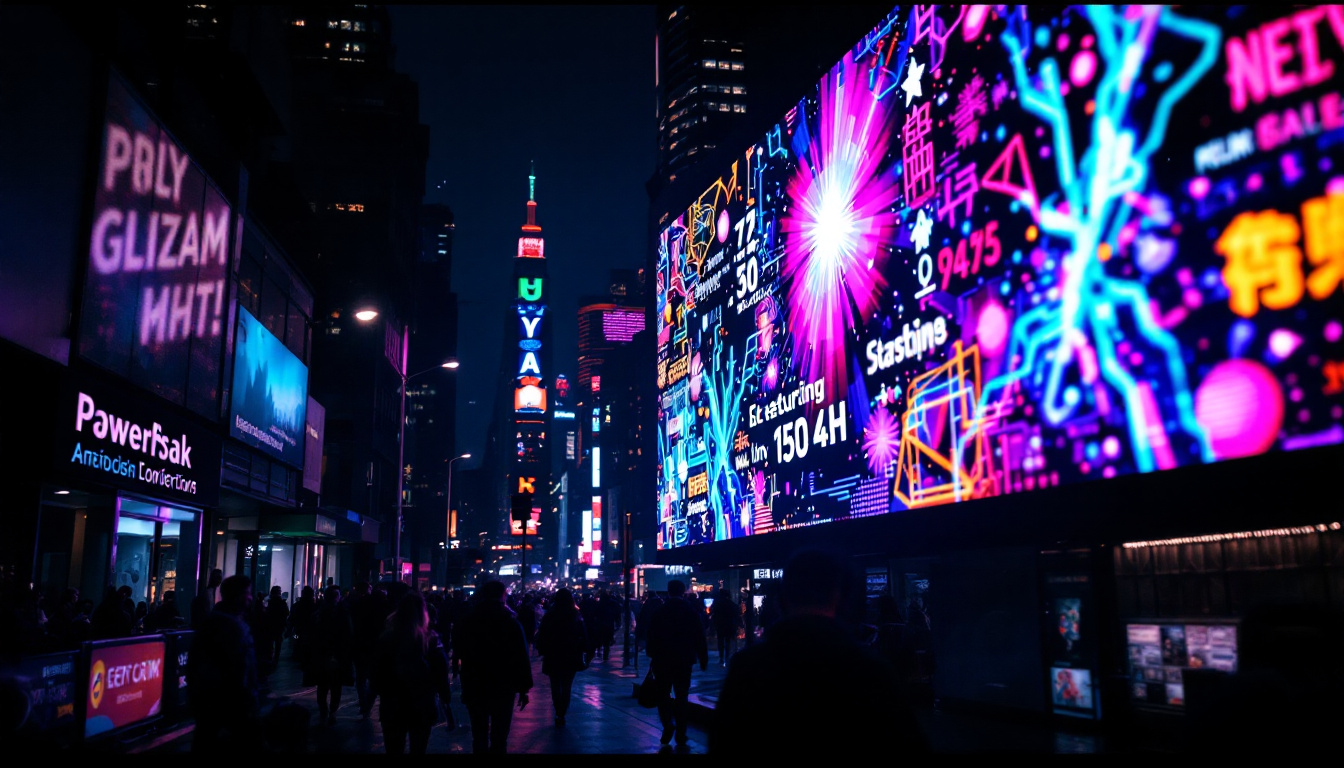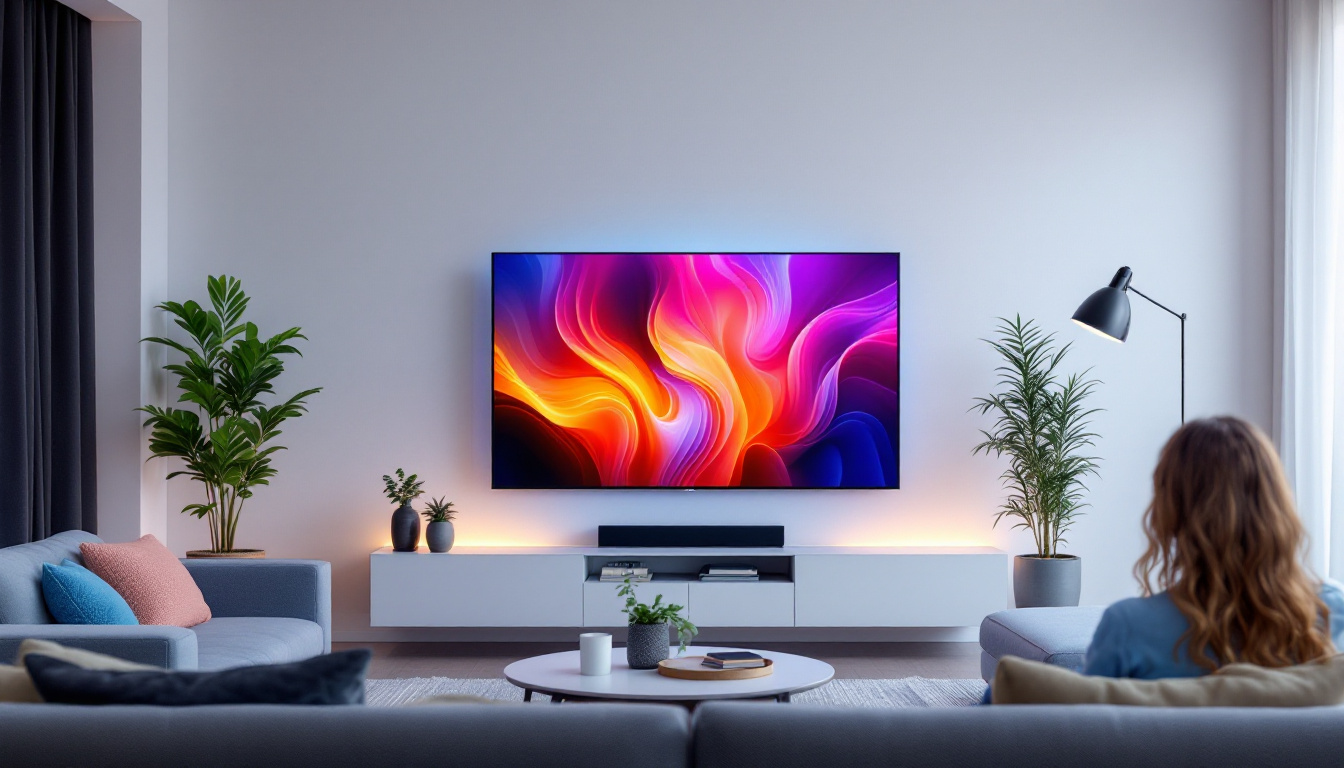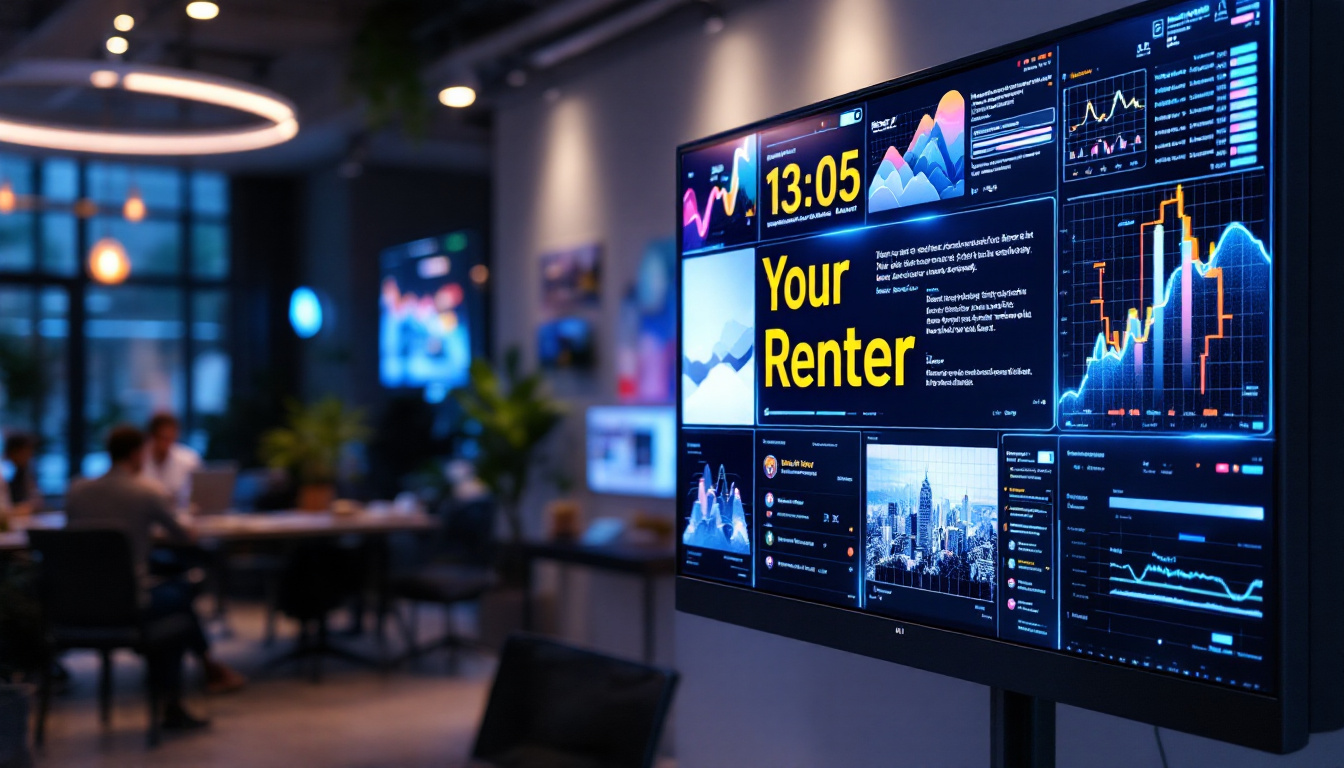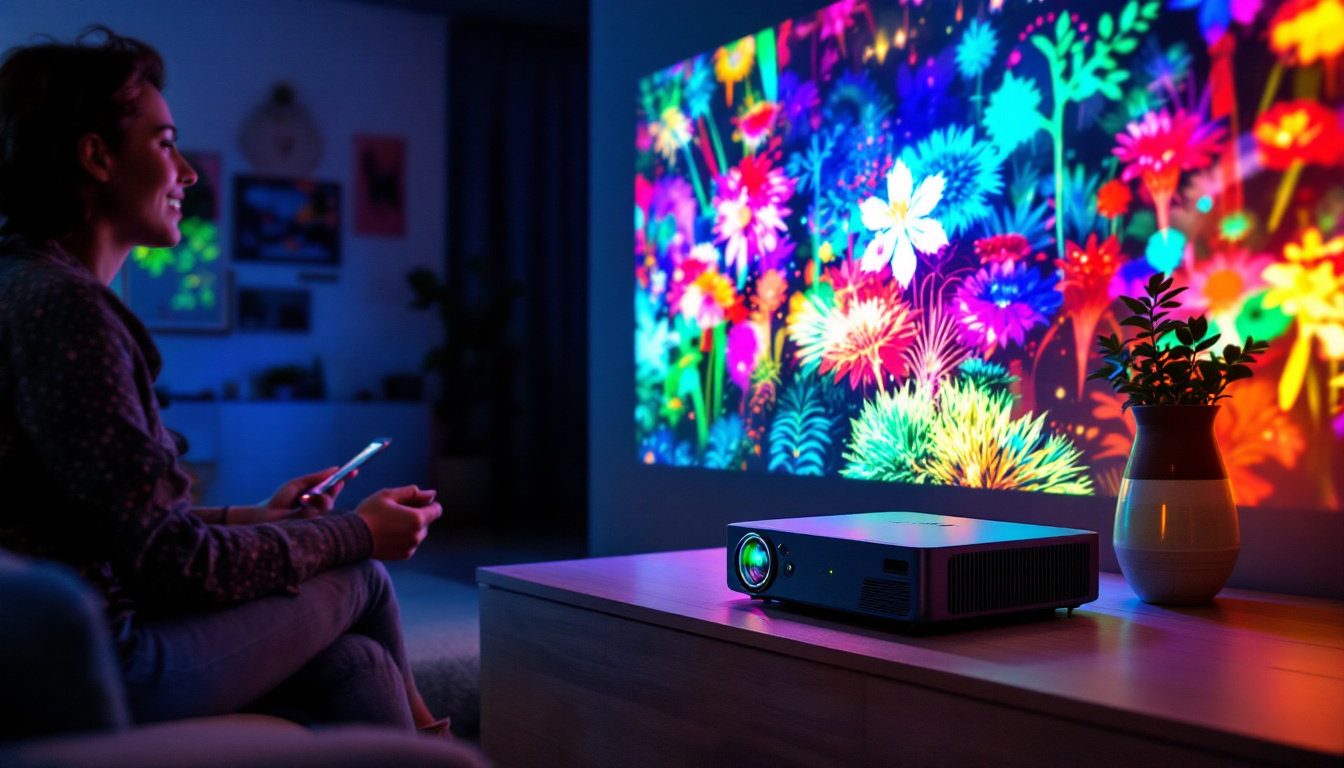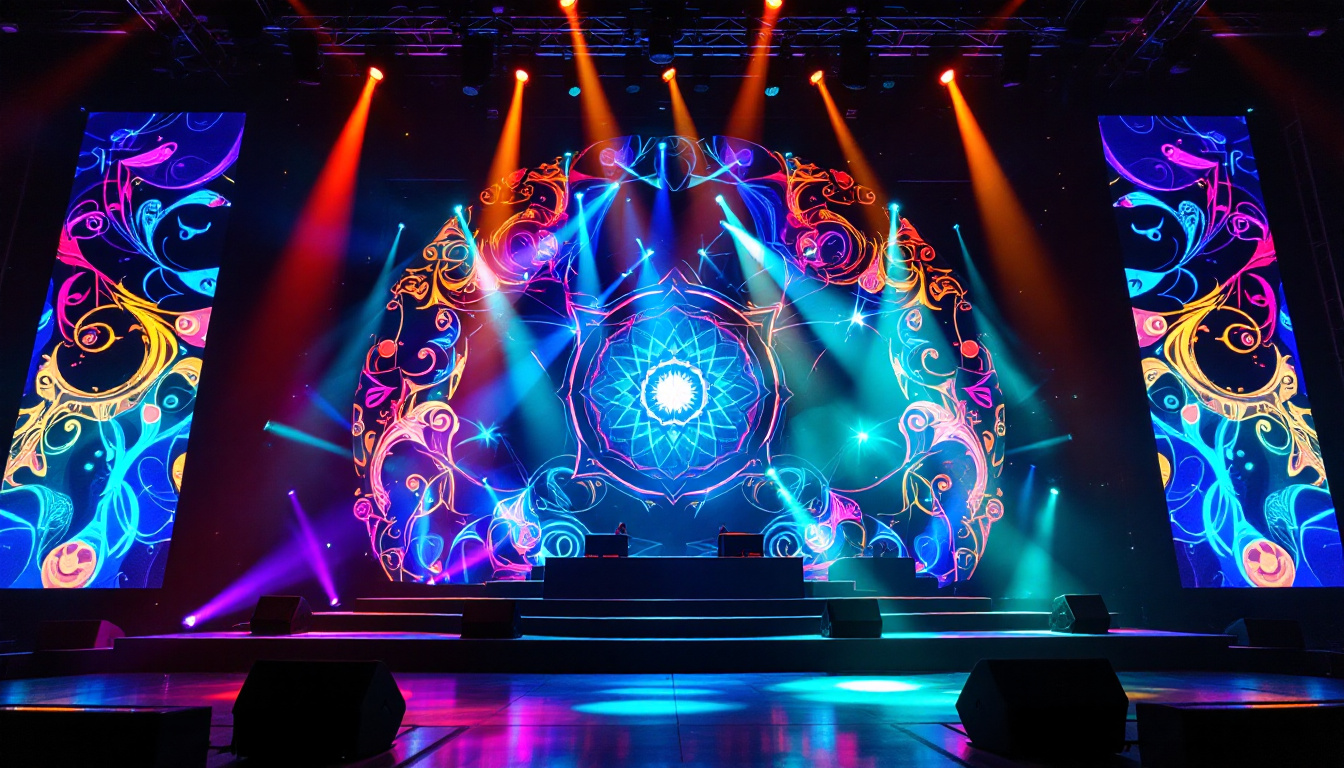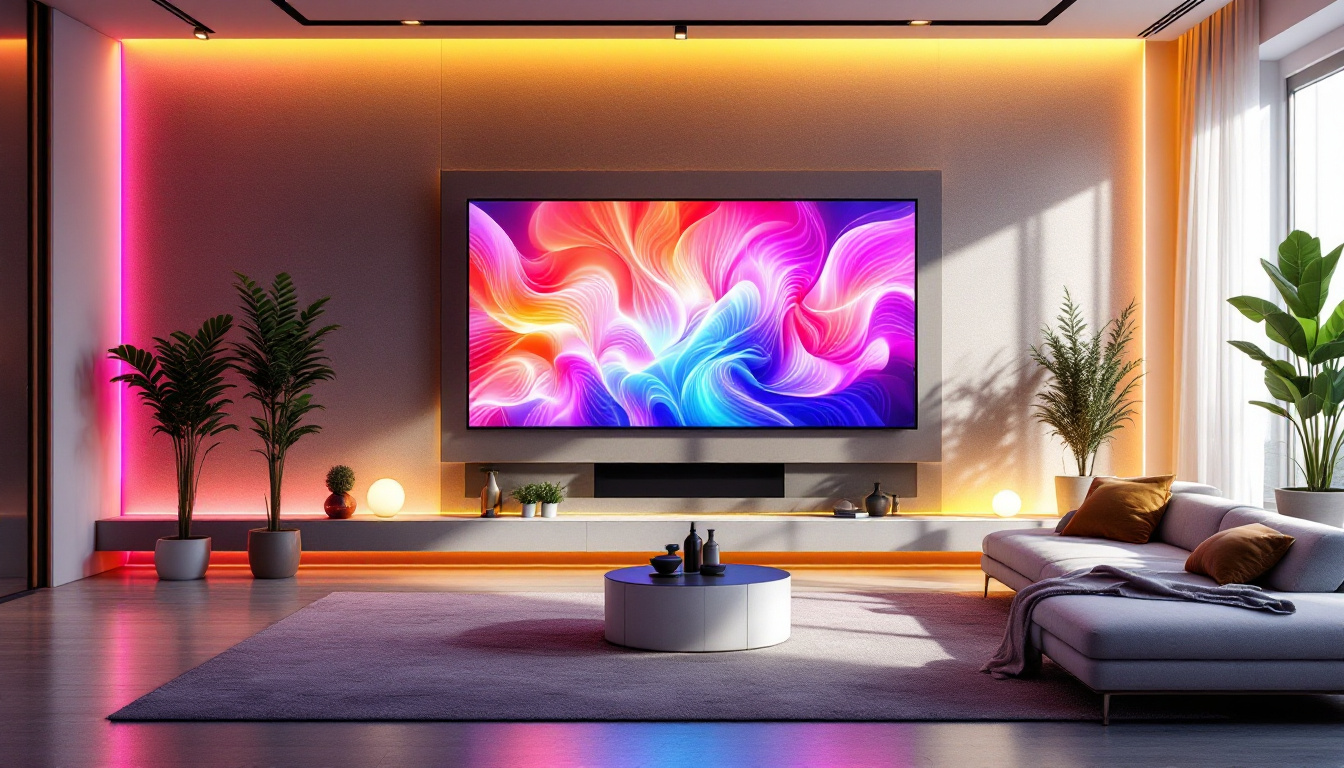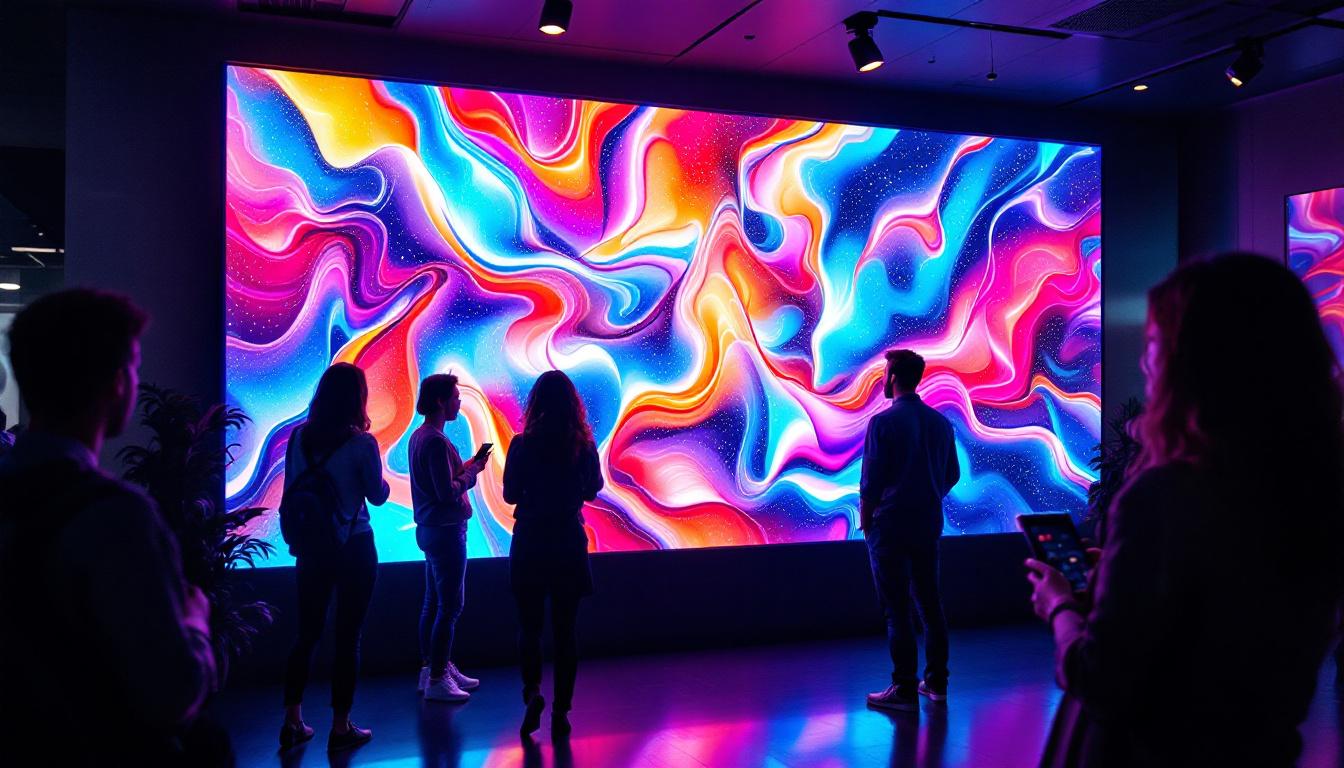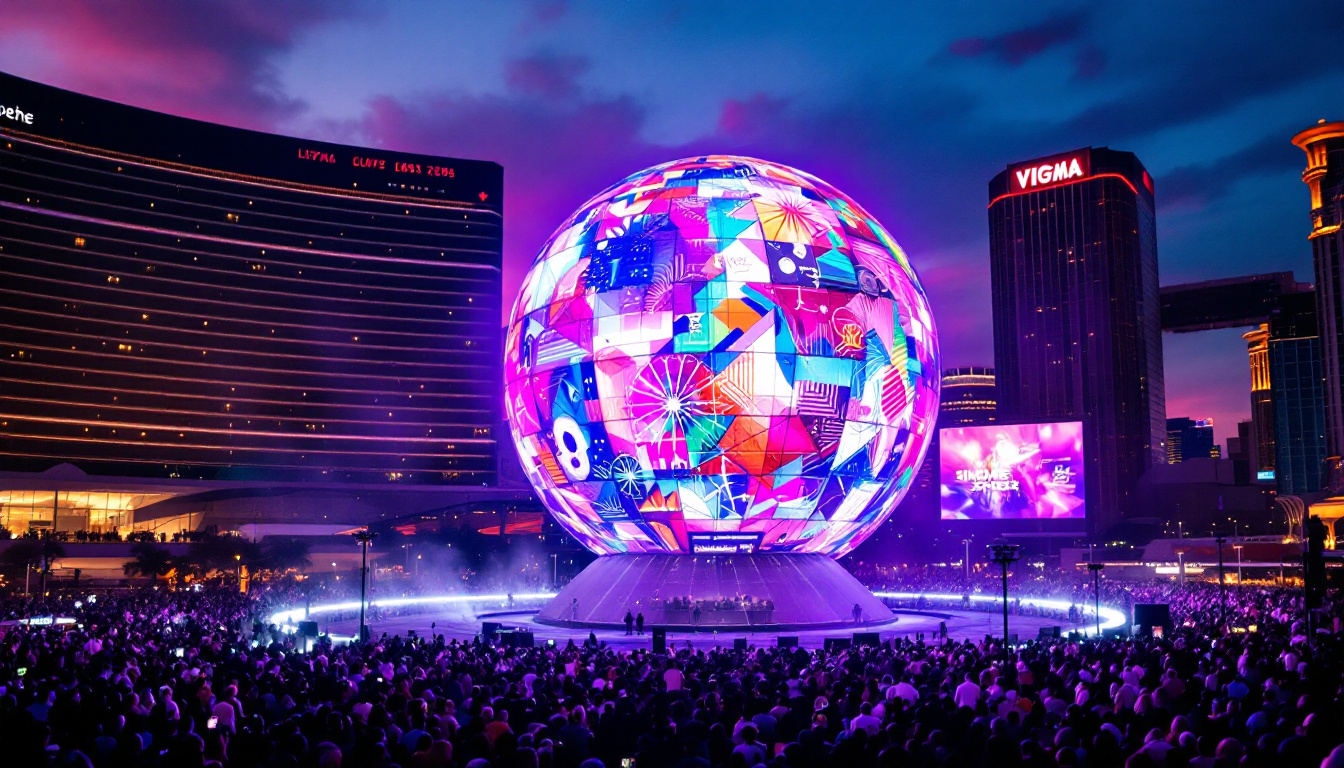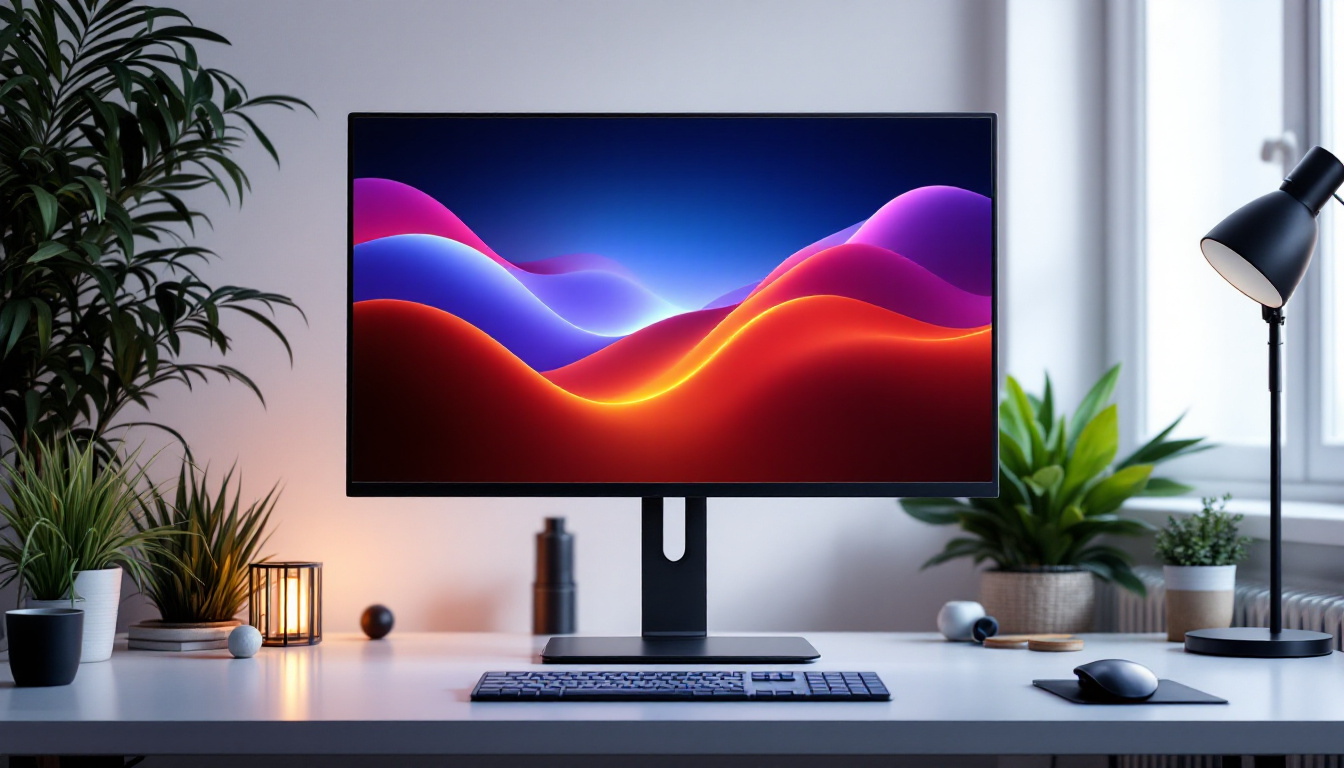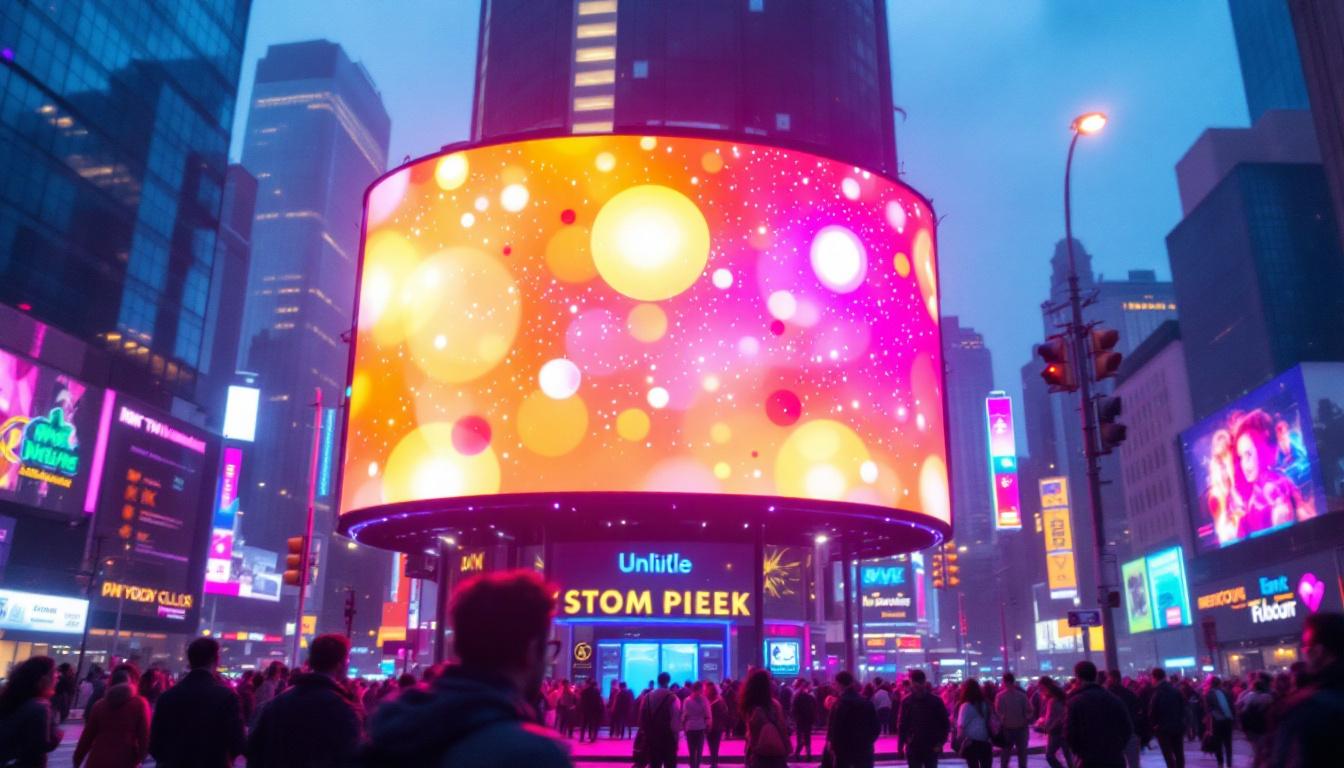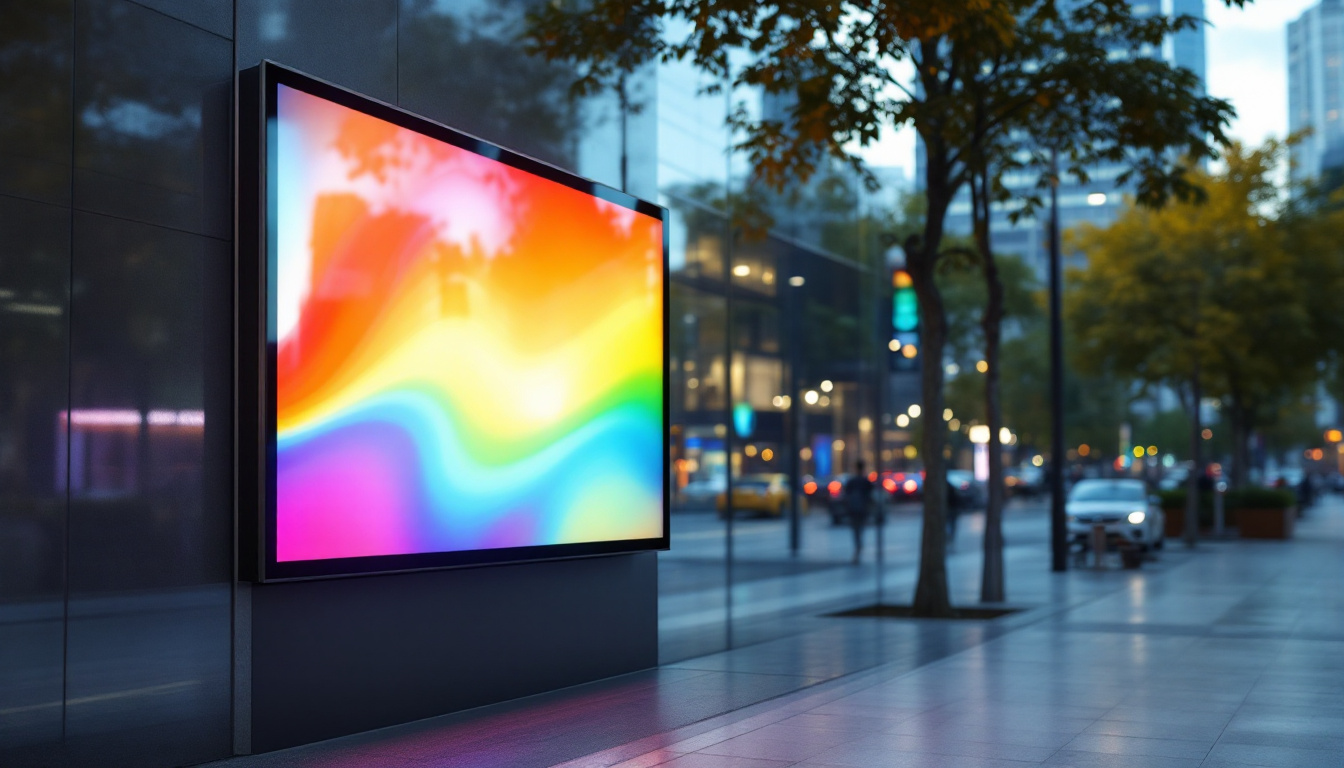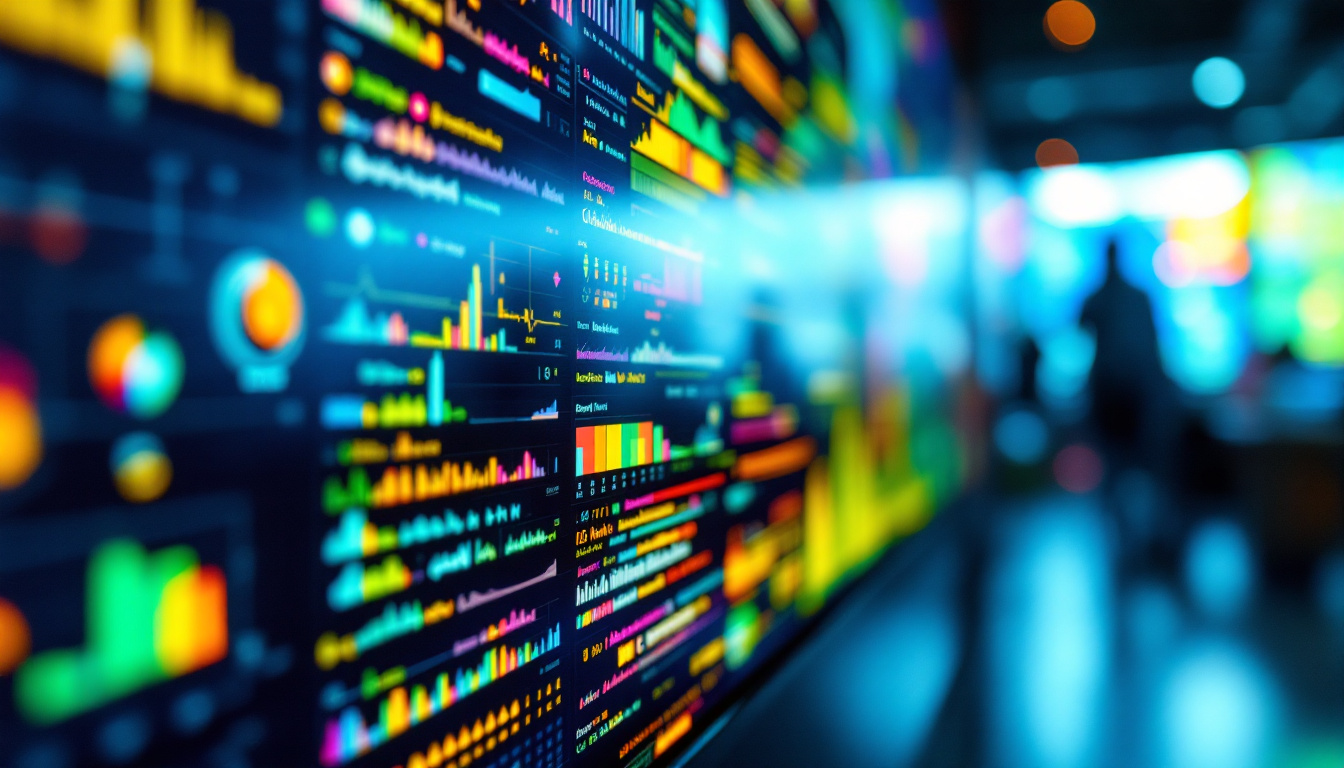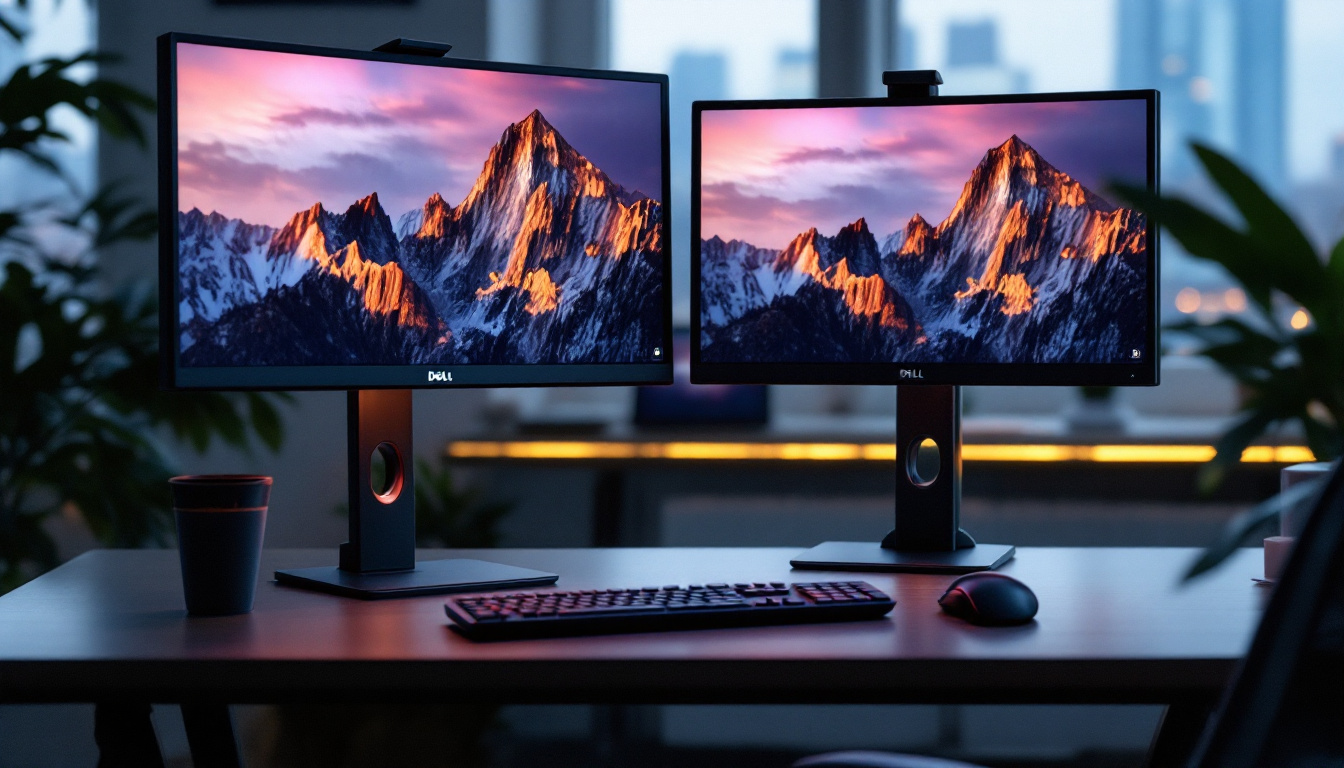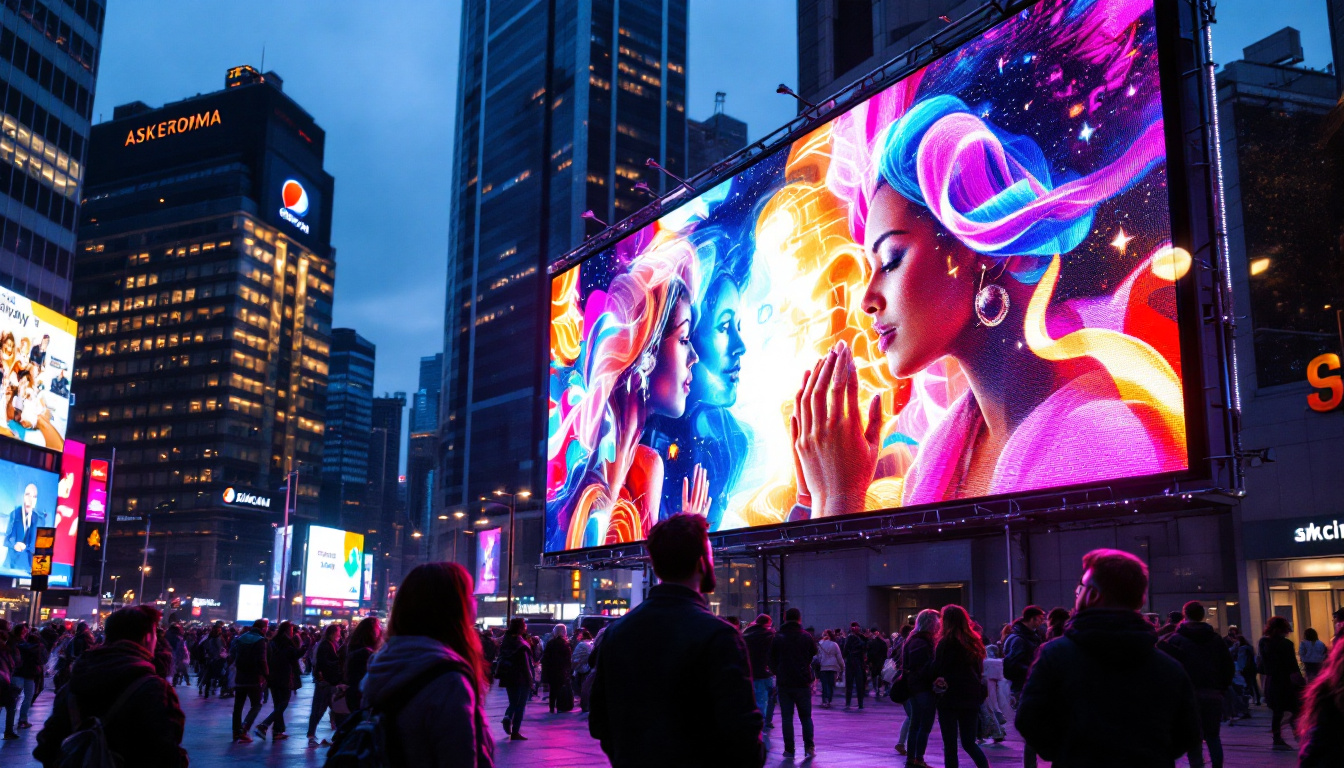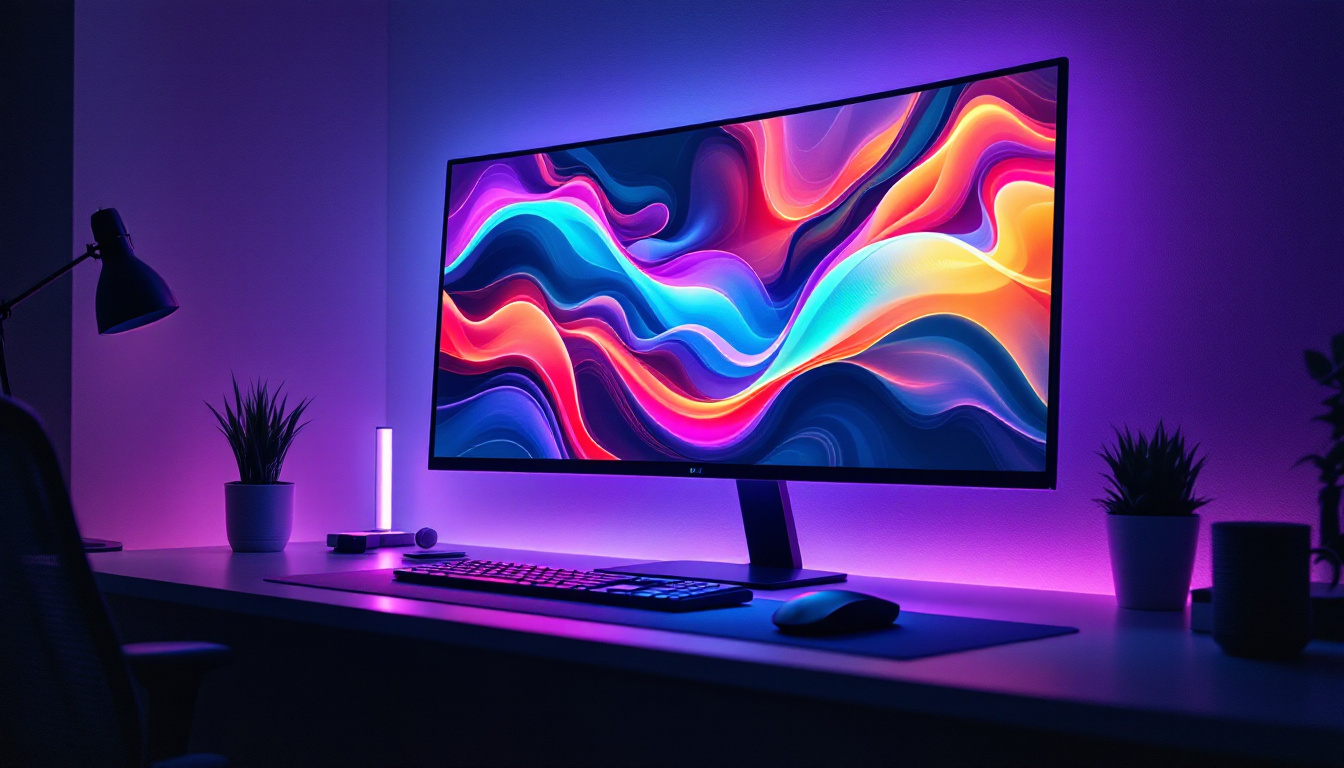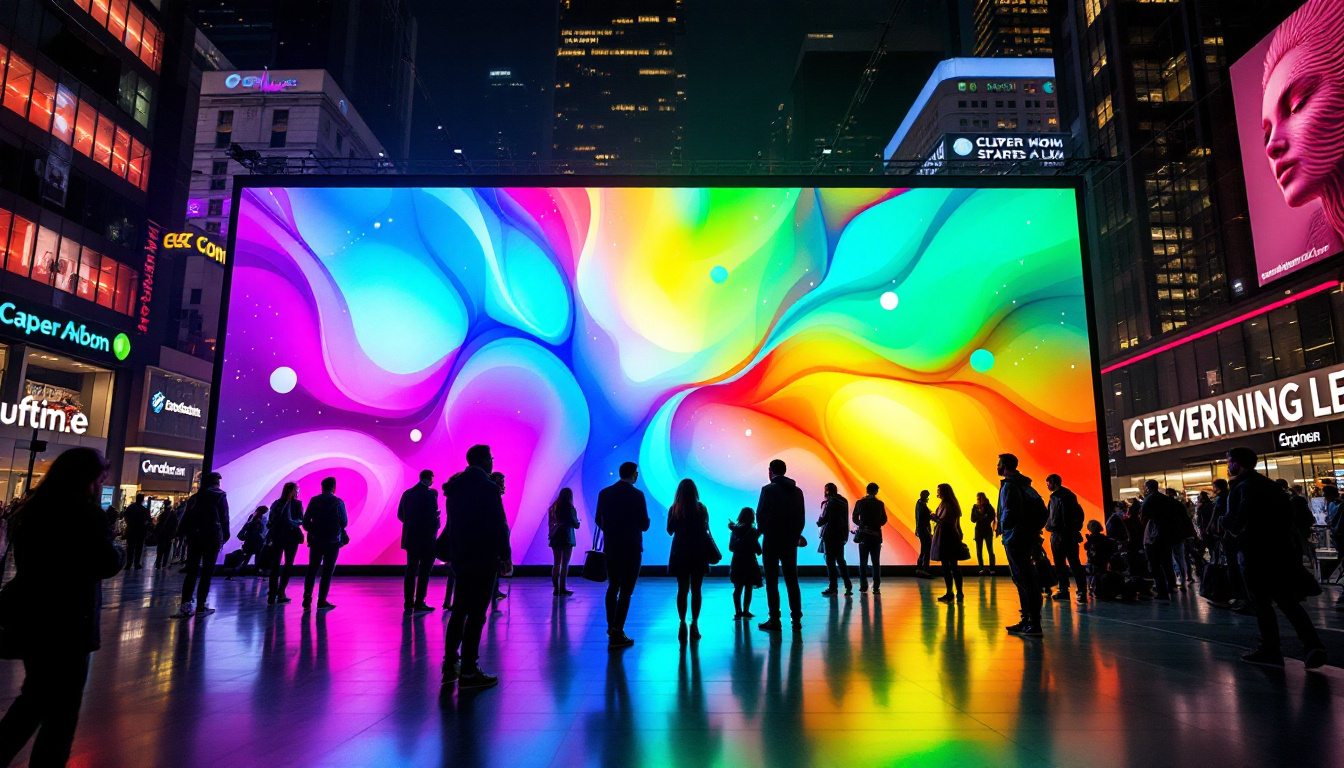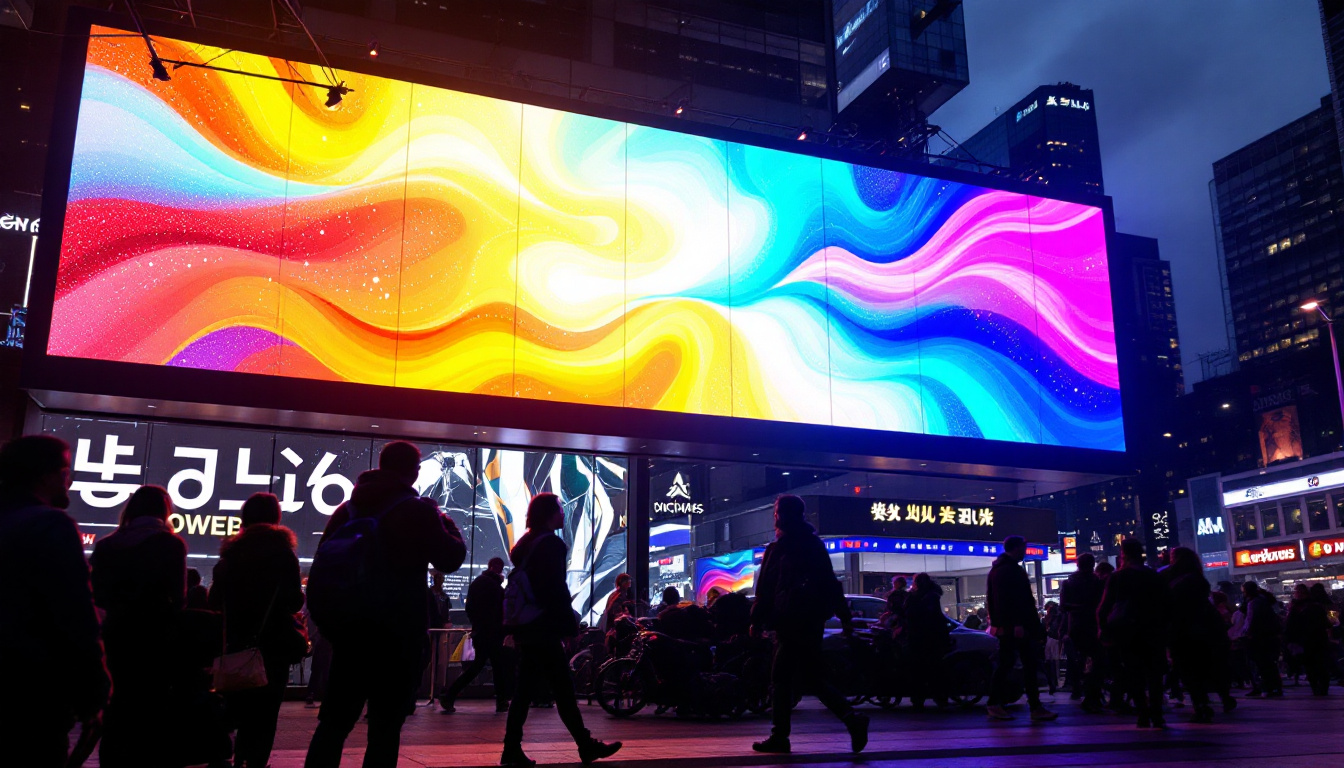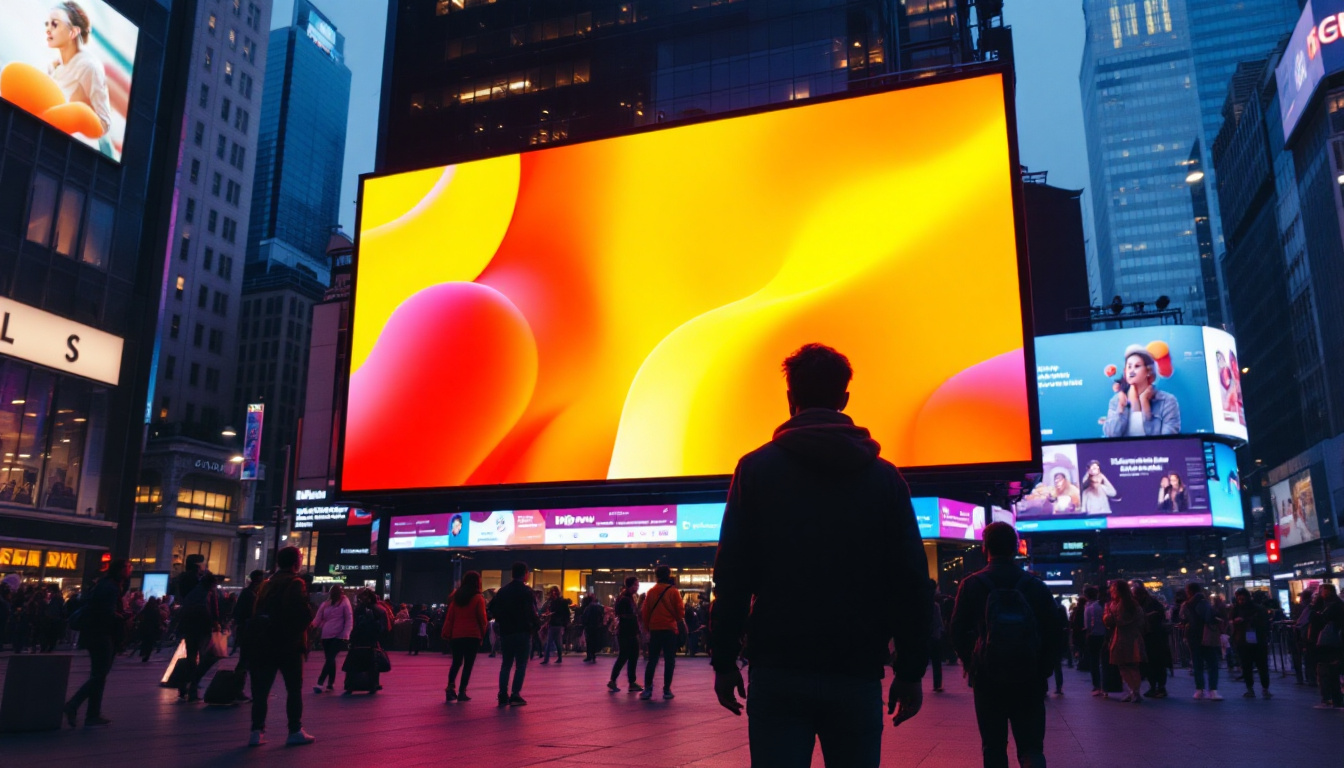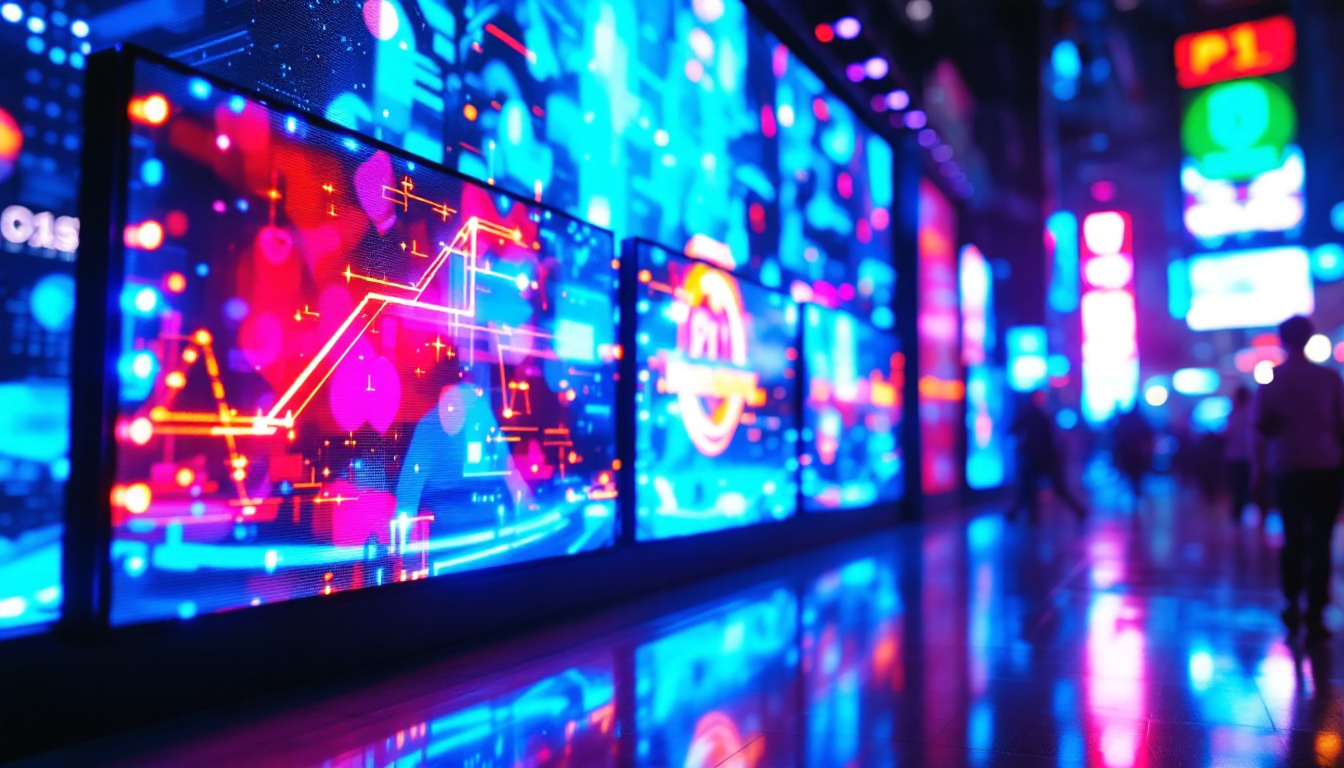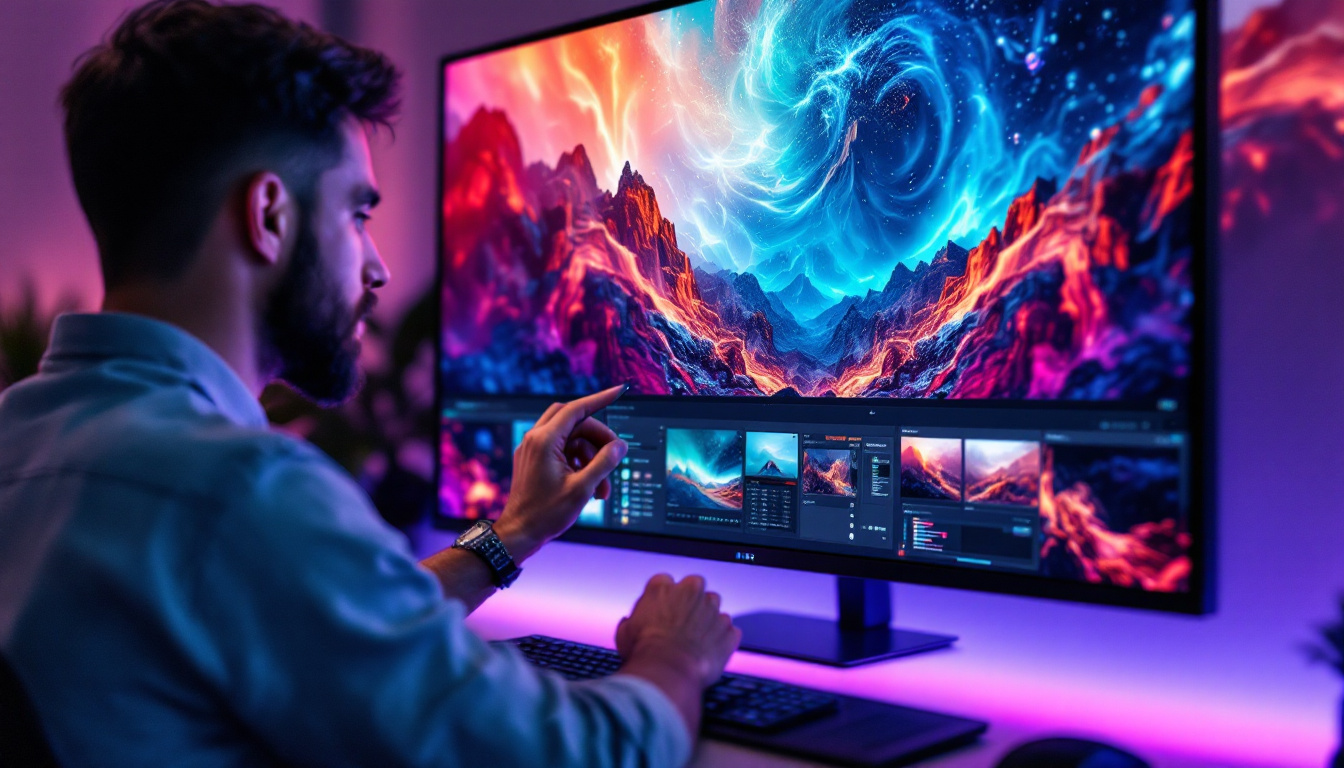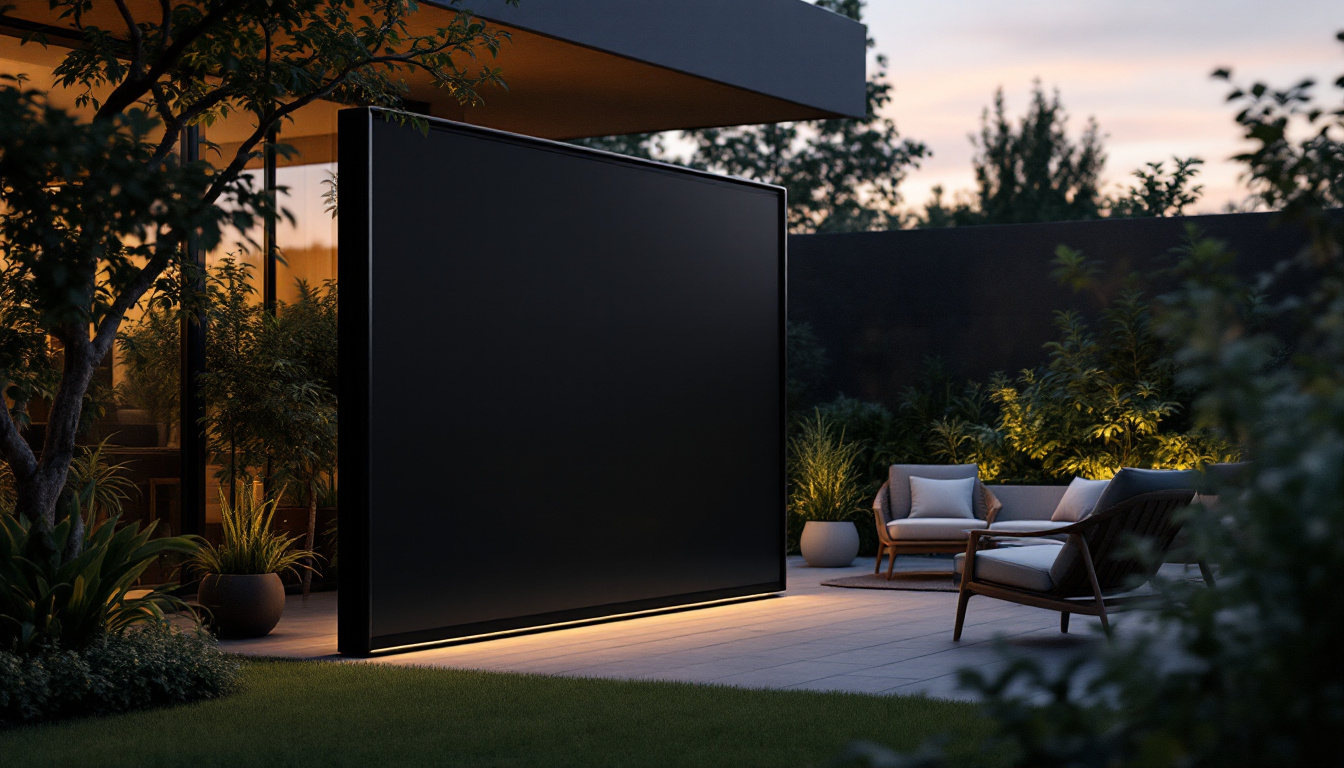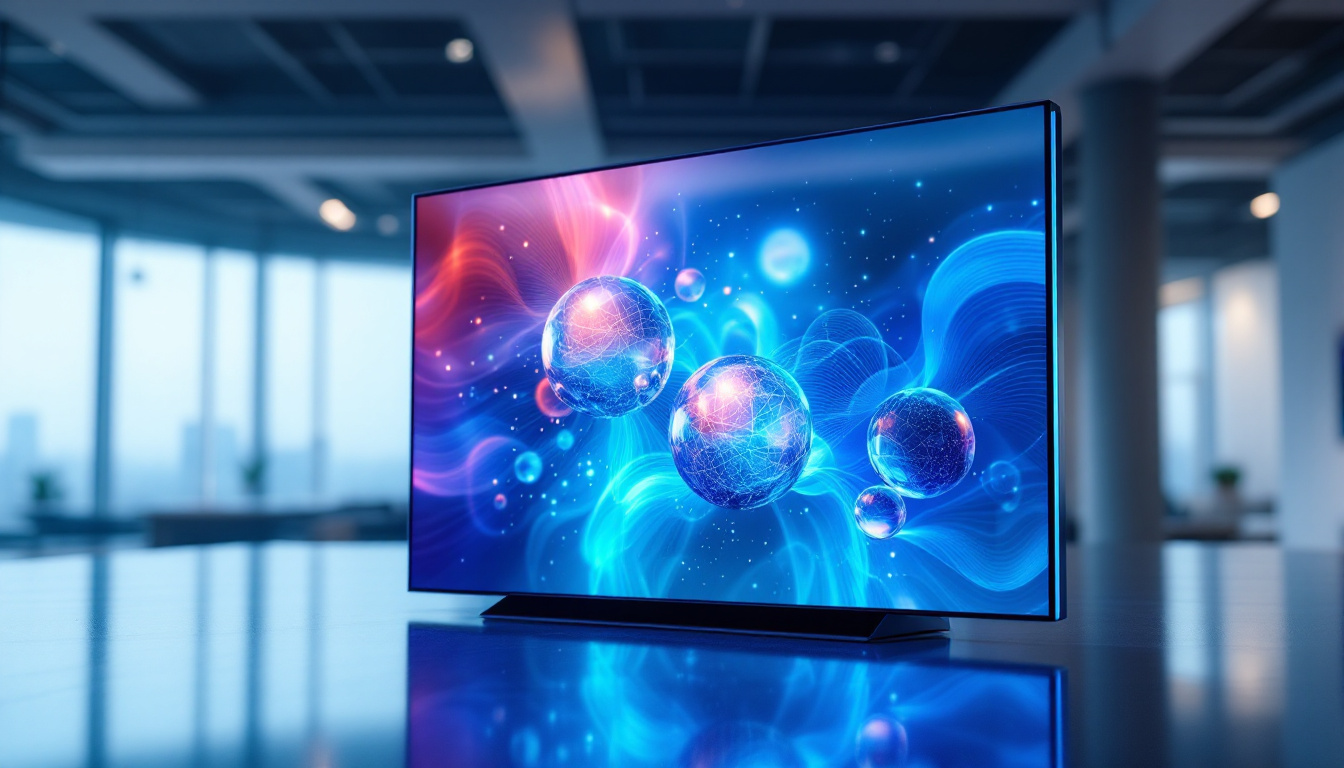In the realm of modern architecture and design, LED displays have emerged as a transformative element, reshaping how information is conveyed and enhancing visual aesthetics. Among the various applications of LED technology, supporting walls stand out for their functional and artistic contributions. This article delves into the intricacies of LED displays, focusing on their role as supporting walls, the technology behind them, and their impact on various sectors.
Understanding LED Displays
LED displays, or Light Emitting Diode displays, utilize semiconductor technology to produce light. These displays come in various forms, from small screens on devices to large-scale installations in public spaces. Their versatility and efficiency make them an ideal choice for a wide range of applications. As technology continues to evolve, LED displays are becoming increasingly prevalent in everyday life, from advertising billboards to digital signage in transportation hubs.
The Technology Behind LED Displays
At the core of LED display technology is the LED itself, a component that emits light when an electric current passes through it. LEDs are known for their energy efficiency, long lifespan, and ability to produce vibrant colors. The technology can be categorized into two main types: direct view and rear projection. Direct view displays consist of individual LED modules that form a larger screen, while rear projection displays use LED light sources to project images onto a screen from behind. This flexibility allows for a variety of design possibilities, catering to different environments and aesthetic preferences.
Moreover, advancements in LED technology have led to the development of various types of displays, such as OLED (Organic LED) and MicroLED. These innovations offer improved color accuracy, contrast ratios, and viewing angles, further enhancing the visual experience. OLED displays, for instance, are renowned for their ability to produce true blacks and vibrant colors, making them a popular choice for high-end televisions and mobile devices. Meanwhile, MicroLED technology promises even greater efficiency and scalability, potentially revolutionizing how we think about display sizes and resolutions in the future.
Types of LED Displays
LED displays can be classified into several categories based on their application and configuration. Common types include:
- Indoor LED Displays: These are designed for use in enclosed spaces, typically featuring higher pixel density for sharper images and text. They are often used in retail environments, conference rooms, and entertainment venues to create engaging visual experiences.
- Outdoor LED Displays: Built to withstand environmental factors, outdoor displays are larger and brighter to ensure visibility in sunlight. These displays are commonly found in stadiums, city squares, and along highways, where they capture the attention of passersby with dynamic content.
- Transparent LED Displays: These innovative displays allow light to pass through, making them ideal for storefronts and creative installations. By blending digital content with the physical environment, transparent LED displays offer a unique way to engage customers without obstructing views.
In addition to these common types, there are also specialized LED displays designed for specific uses, such as flexible LED screens that can be bent or shaped to fit unique spaces, and high-definition LED walls that create immersive environments for concerts and events. As the demand for high-quality visual communication continues to grow, the evolution of LED display technology is likely to keep pace, offering even more exciting possibilities for the future.
The Role of Supporting Walls in Architecture
Supporting walls play a crucial role in the structural integrity of buildings. Traditionally, these walls are designed to bear loads from the roof and upper floors. However, with the advent of LED technology, supporting walls have evolved into dynamic elements that serve both structural and aesthetic purposes.
Integration of LED Displays in Supporting Walls
Integrating LED displays into supporting walls allows architects to create multifunctional spaces. These walls can display information, advertisements, or artistic visuals while maintaining their structural role. This dual functionality not only enhances the building’s design but also maximizes the use of space.
For instance, in commercial settings, supporting walls with integrated LED displays can serve as digital signage, providing real-time information to customers while also contributing to the overall ambiance. In public spaces, such as airports or train stations, these walls can guide travelers and enhance their experience.
Benefits of LED Supporting Walls
The incorporation of LED displays into supporting walls offers numerous advantages:
- Visual Appeal: LED displays can transform a mundane wall into a captivating visual experience, attracting attention and enhancing the overall aesthetic of a space.
- Information Dissemination: Supporting walls equipped with LED technology can convey important information in real-time, making them invaluable in settings like museums, galleries, and corporate offices.
- Energy Efficiency: LED technology is energy-efficient, reducing the overall energy consumption of a building while providing vibrant displays.
Applications of LED Supporting Walls
LED supporting walls have found applications across various sectors, each leveraging the technology to meet specific needs.
Commercial Spaces
In retail environments, LED supporting walls can serve as eye-catching displays for advertisements and promotions. They can be used to showcase products, provide information about sales, or even display dynamic art installations. This not only enhances the shopping experience but also drives customer engagement and sales.
Additionally, many businesses utilize these displays for internal communication, sharing important updates and announcements with employees in a visually appealing manner.
Entertainment Venues
In theaters, concert halls, and sports arenas, LED supporting walls are integral to creating immersive experiences. These displays can provide visual effects that enhance performances, convey information about events, and engage audiences in new ways. The ability to change content in real-time allows for a dynamic atmosphere that can adapt to different performances or events.
Public Spaces
In urban environments, LED supporting walls can be found in parks, plazas, and transportation hubs. They serve as platforms for public art, community announcements, or even interactive installations that encourage public participation. These displays not only beautify the space but also foster a sense of community by sharing local news and events.
Design Considerations for LED Supporting Walls
When designing LED supporting walls, several factors must be considered to ensure functionality and aesthetics align with the overall vision of the space.
Structural Integrity
While integrating LED technology into supporting walls, it is crucial to maintain the structural integrity of the building. This requires collaboration between architects, engineers, and LED specialists to ensure that the wall can support both its traditional load-bearing role and the additional weight of the LED components.
Visual Design
The visual design of LED supporting walls should complement the surrounding environment. Factors such as color schemes, brightness levels, and content should be carefully curated to create a cohesive aesthetic. Additionally, the placement of the display is vital; it should be positioned to maximize visibility while minimizing distractions.
Content Management
Effective content management is essential for LED supporting walls. The content displayed should be relevant, engaging, and updated regularly to maintain viewer interest. This can involve the use of content management systems that allow for easy updates and scheduling of displays.
Challenges and Considerations
Despite the numerous benefits, there are challenges associated with the implementation of LED supporting walls that must be addressed.
Cost Implications
The initial investment in LED technology can be significant. While the long-term benefits often outweigh the costs, budget considerations may pose a challenge for some projects. It is essential to conduct a thorough cost-benefit analysis to determine the feasibility of integrating LED displays into supporting walls.
Maintenance and Longevity
LED displays require regular maintenance to ensure optimal performance. This includes cleaning the display, updating content, and addressing any technical issues that may arise. Establishing a maintenance plan is crucial to prolong the lifespan of the display and ensure it continues to meet the needs of the space.
Environmental Considerations
As with any technology, the environmental impact of LED displays should be considered. While LEDs are more energy-efficient than traditional light sources, the production and disposal of electronic components can have ecological consequences. Sustainable practices should be employed throughout the lifecycle of the display, from sourcing materials to end-of-life recycling.
The Future of LED Supporting Walls
The future of LED supporting walls looks promising, with ongoing advancements in technology and design. As the demand for innovative and engaging spaces continues to grow, the integration of LED displays is likely to become more prevalent.
Emerging Technologies
Future developments in LED technology, such as flexible displays and improved color accuracy, will further enhance the capabilities of supporting walls. These advancements will allow for even more creative applications, enabling architects and designers to push the boundaries of what is possible.
Increased Interactivity
As technology evolves, the potential for interactivity in LED supporting walls is expanding. Future displays may incorporate touch-sensitive surfaces or integrate with mobile applications, allowing users to engage with the content in new and exciting ways. This interactivity can create a more immersive experience, fostering a deeper connection between the viewer and the displayed content.
Smart Integration
The integration of smart technology into LED supporting walls will enable real-time data display and interaction. For instance, in retail environments, these walls could showcase personalized advertisements based on customer behavior or preferences. This level of customization will enhance the user experience and drive engagement.
Conclusion
LED supporting walls represent a fusion of technology and architecture, offering a dynamic solution for modern spaces. Their ability to serve both functional and aesthetic purposes makes them a valuable asset across various sectors. As technology continues to advance, the potential for LED displays in supporting walls will only expand, paving the way for innovative designs and enhanced user experiences.
Incorporating LED displays into supporting walls not only elevates the visual appeal of a space but also transforms how information is communicated. By understanding the technology, applications, and design considerations, stakeholders can harness the full potential of LED supporting walls, creating environments that are both functional and engaging.
Discover the Future of LED Displays with LumenMatrix
Ready to redefine your space with the latest in LED display technology? LumenMatrix is at the forefront of creating immersive environments that captivate and communicate with unparalleled clarity. From versatile Indoor LED Wall Displays to robust Outdoor LED Wall Displays, and from dynamic Vehicle LED Displays to innovative LED Transparent Displays, our solutions are designed to elevate your brand and engage your audience. Experience the revolution in visual communication and check out LumenMatrix LED Display Solutions today to transform your supporting walls into a canvas of endless possibilities.


